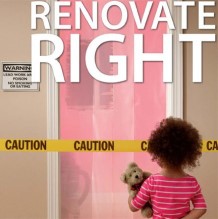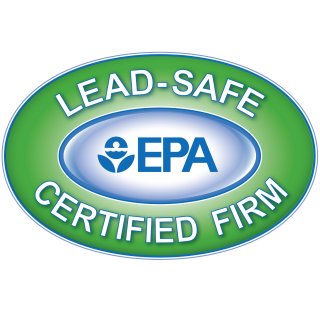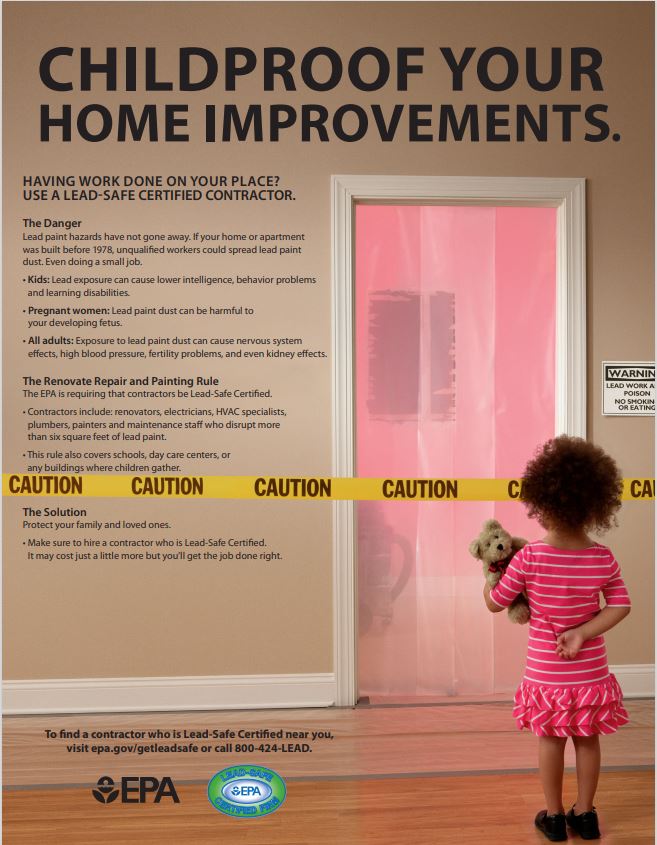
This is the official EPA Lead RRP one-day certification training course that allows you to be certified by the EPA and protect you from the potential $37,500 fine for non-compliance. Only the following states are NOT included for certification as they have their own training requirements. This RRP training does not certify for work done in Alabama, Delaware, Georgia, Iowa, Kansas, Massachusetts, Mississippi, North Carolina, Oklahoma, Oregon, Rhode Island, Utah, Washington, and Wisconsin, or in the Bois Forte Tribe.
 The purpose of this class is to educate mold remediators on the proper removal and disposal of lead contaminated mold-infected construction materials. When pre-1978 homes are under consideration, special circumstances require that the remediator be properly trained in the removal of materials. This class includes instruction through video and hands-on training that equips the licensed mold assessor to write appropriate protocol and remediators to do the proper job.
The purpose of this class is to educate mold remediators on the proper removal and disposal of lead contaminated mold-infected construction materials. When pre-1978 homes are under consideration, special circumstances require that the remediator be properly trained in the removal of materials. This class includes instruction through video and hands-on training that equips the licensed mold assessor to write appropriate protocol and remediators to do the proper job.
ONSITE COURSES
- Module 1: Why Should I Be Concerned – This section helps the mold professional understand the unique circumstances surrounding pre-1978 homes. Understanding the health issues related to this subject is critical to create the proper containment and disposal of contaminated materials.
- Module 2: Regulations – There are two set of guidelines that govern such projects and this section discusses both. The EPA RRP guidelines specifically deal with lead contaminated construction materials while the NORMI Professional Practices provides insured best practices for the safe removal and disposal of such materials.
- Modules 3-4: Before Beginning Work & Containing Dust During Work – Hands-on training will allow the student to actually build containment and better understand the importance of isolating critical barriers. The section will also include the explanation and demonstration of negative air machines and air scrubbing as they impact the engineering controls required for proper containment.
- Module 5: Controlling Dust – During the gross demolition process, the control of particulate is critical to creating a successful PRV. In this section we will demonstrate, and the student will participate in, the proper disposal techniques and maintaining containment throughout the project incorporating negative air and proper air scrubbing.
- Module 6: Cleaning Activities and Checking Your Work – Cleaning the surfaces requiring a much higher level of detail surfacing cleaning than the standard mold remediation project. More like dealing with high-risk occupants, the remediation process requires a different kind of protocol and PRV standard. Interim inspections are required throughout the process and so checking your work is discuss in some detail.
- Module 7: Recordkeeping – The mold project where lead is involved must be documented in a very specific way to protect the assessor, remediator, employees and occupants from potential downside litigation. This section discusses that process. This section further discusses the importance of having the remediator’s work-force properly trained in this critical process.
- Quiz/Certification – To receive a certification for this level of remediation, the student will take a short thirty (30) question quiz and, once passed, receive a certification for the removal of lead during a mold project.

